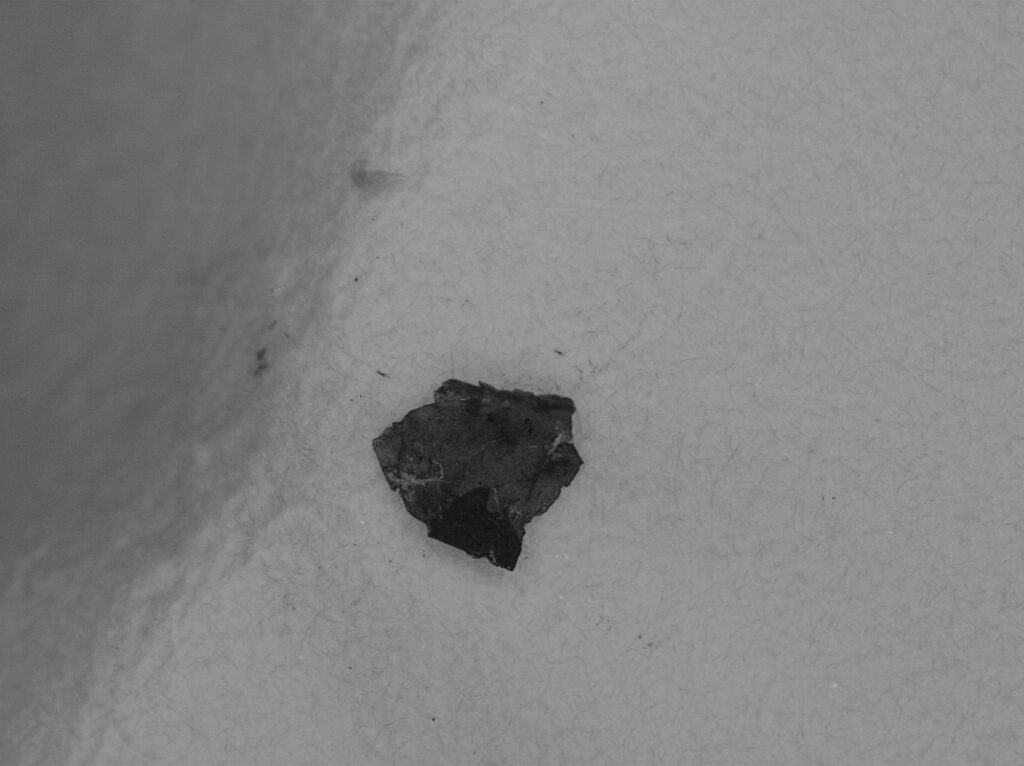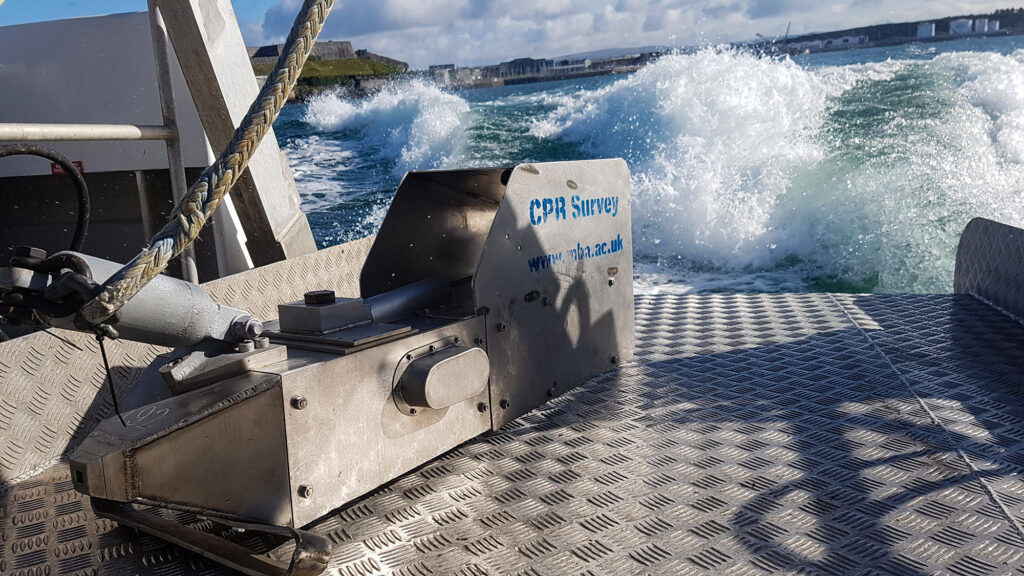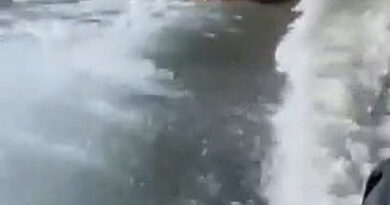New British Study Finds Large Amounts Of Toxic Chemicals Like Copper And Lead In The North Atlantic
A new British study has found large amounts of toxic chemicals such as copper and lead in the North Atlantic potentially poisoning the fish that eventually end up on our plates.
A research team led by the University of Plymouth in the United Kingdom and the Marine Biological Association (MBA) found that paint flakes could be one of the most abundant types of micro-plastics in our oceans and that they carry large quantities of copper, iron and lead, which are highly toxic.
The antifouling or anti-corrosive properties of these chemicals are a concern to scientists who believe they could pose a threat to sea life when consumed.

The University of Plymouth said in a statement: “Through a range of surveys conducted across the North Atlantic Ocean, scientists estimated that each cubic metre of seawater contained an average of 0.01 paint flakes.”
The experts believe that this makes paint flakes the second most abundant material in the ocean after micro-plastics which have an estimated concentration of about 0.16 particles per m3.
Despite their high concentration researcher into the presence of paint flakes in the oceans has been limited as most studies focus on the abundance of microplastics.
Dr Andrew Turner, the study’s lead author said: “Paint particles have often been an overlooked component of marine microplastics but this study shows that they are relatively abundant in the ocean.”
He added: “The presence of toxic metals like lead and copper pose additional risks to wildlife.”
The team analysed the paint particles with X-ray fluorescence (XRF) spectrometry which revealed that their composition is consistent with the paint used on the hulls and other parts of ships that sail through the region.

Dr Clare Ostle, the coordinator of the Pacific Continuous Plankton Recorder (CPR) Survey at the MBA and co-author on the study, said: “We now know that plastics are everywhere and that most organisms are likely ingesting them, however, there is less known about how harmful this ingestion might be.”
She added: “This study has highlighted that paint flakes are an abundant form of microplastic that should not be overlooked, particularly as some may have toxic properties.”
The study is based around data gathered by the MBA’s Continuous Plankton Recorder (CPR) which was used throughout 2018 and over 3,600 samples were collected and analysed for the study.
The paper titled ‘Occurrence and chemical characteristics of microplastic paint flakes in the North Atlantic Ocean’ was published in the journal Science of The Total Environment.



